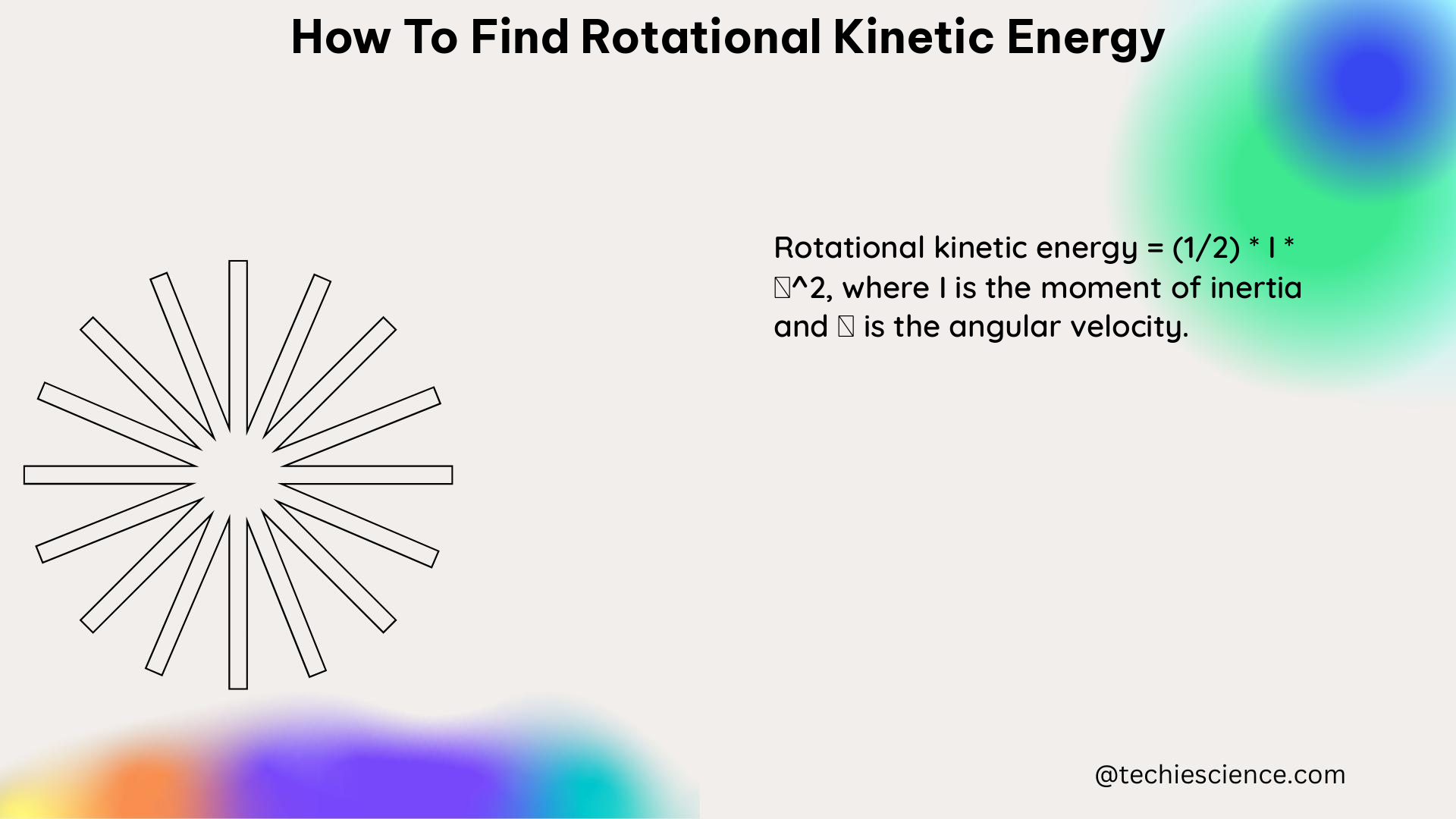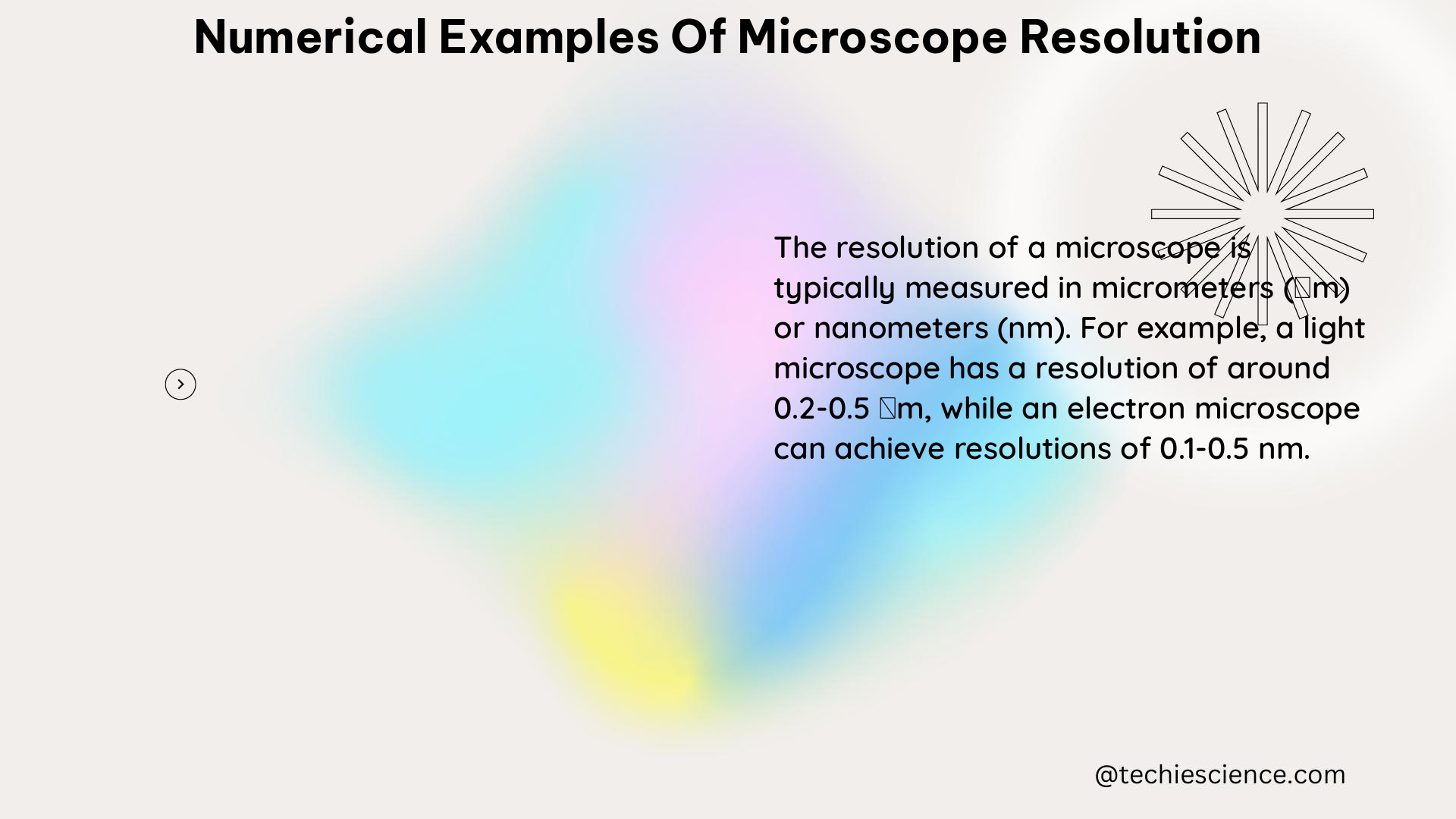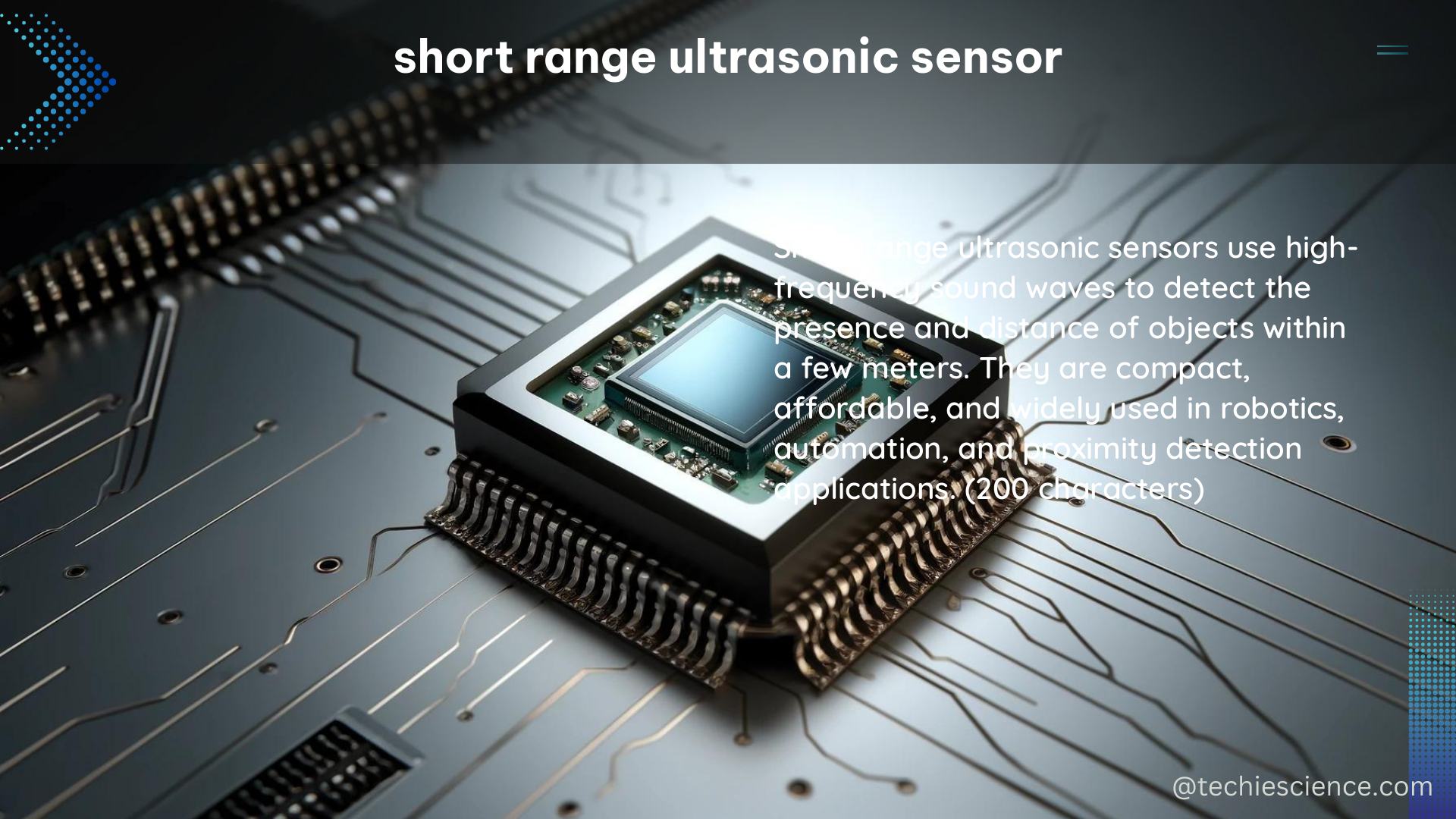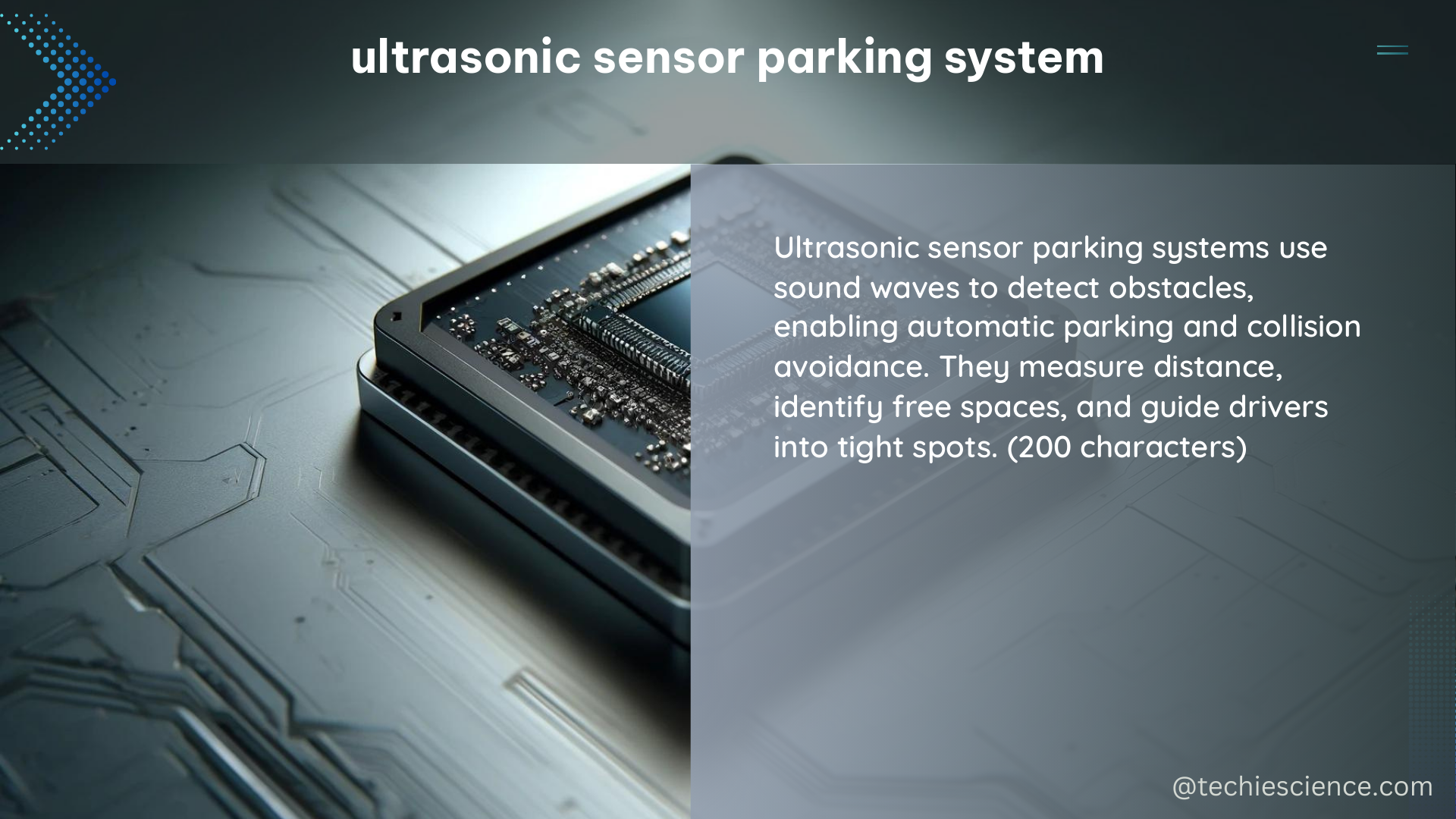H2O is highly polar with a dipole moment of 1.84 D (Debye). This arises from its bent geometry (104.5° bond angle) and the significant electronegativity difference between oxygen (3.44) and hydrogen (2.20), leading to unequal electron distribution. Oxygen’s partial negative charge and hydrogen’s partial positive charges create a net dipole, aligning with the molecule’s asymmetry. The substantial dipole moment reflects water’s strong intermolecular hydrogen bonding and its solvent capabilities.
Polarity and Dipole Moment of H2O
| Factor | Explanation |
|---|---|
| Electronegativity | Oxygen (O) is more electronegative than Hydrogen (H), which means it attracts electrons more strongly. This creates a partial negative charge on the oxygen atom and partial positive charges on the hydrogen atoms. |
| Molecular Geometry | The H2O molecule has a bent or V-shaped geometry due to the presence of two lone pairs of electrons on the oxygen atom. This bent shape results in an asymmetric distribution of electron density, contributing to the molecule’s polarity. |
| Distribution of Electrons | The oxygen atom in H2O has six valence electrons, and each hydrogen atom has one valence electron. The oxygen atom forms two covalent bonds with the hydrogen atoms, sharing two electrons in each bond. The remaining four electrons are arranged in two lone pairs on the oxygen atom. The lone pairs create a region of higher electron density around the oxygen atom, further enhancing the molecule’s polarity. |
The combination of these factors results in the overall dipole moment of the H2O molecule. The dipole moment is a measure of the separation of positive and negative charges in a molecule.

In H2O, the dipole moment is directed towards the oxygen atom. The oxygen atom carries a partial negative charge (δ-) due to its higher electronegativity, while the hydrogen atoms carry partial positive charges (δ+). The dipole moment is represented by an arrow pointing towards the oxygen atom.
The magnitude of the dipole moment in H2O is 1.85 Debye units. The dipole moment is relatively high due to the significant electronegativity difference between oxygen and hydrogen and the bent molecular geometry. The larger the electronegativity difference and the more asymmetric the distribution of electron density, the higher the dipole moment.
Overall, the polarity of the H2O molecule and the presence of a dipole moment are a result of the electronegativity of the atoms, the molecular geometry, and the distribution of electrons. These factors contribute to the unequal sharing of electrons and the separation of charges in the molecule.
Read More:














